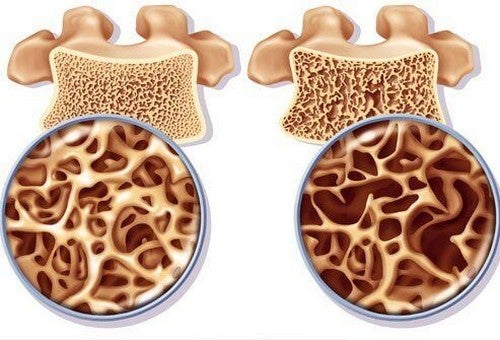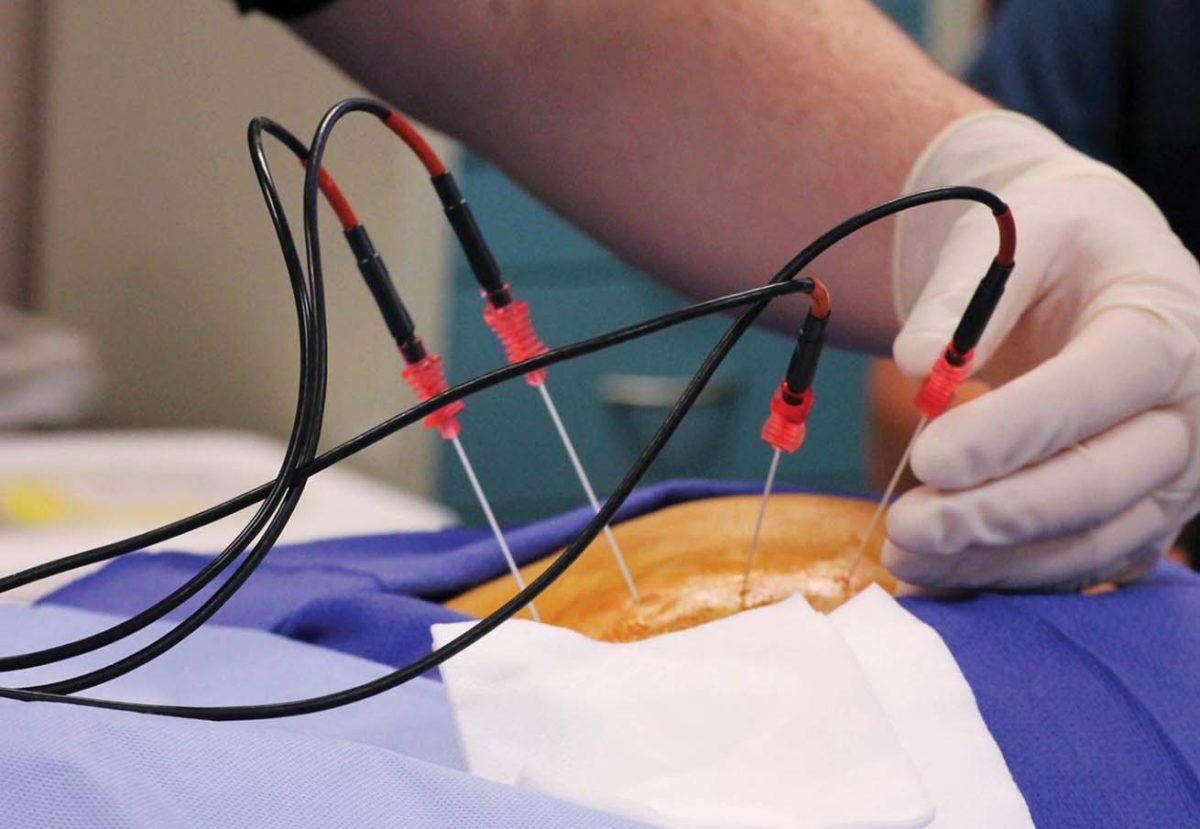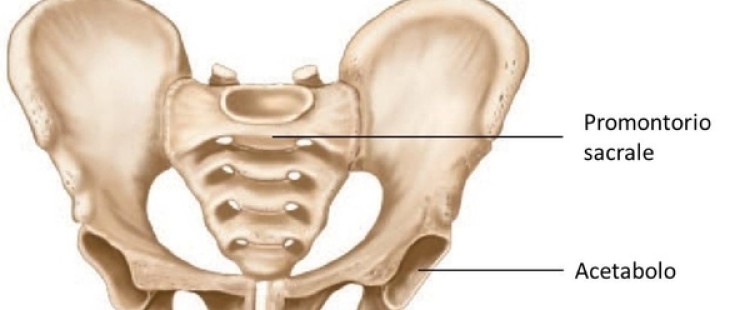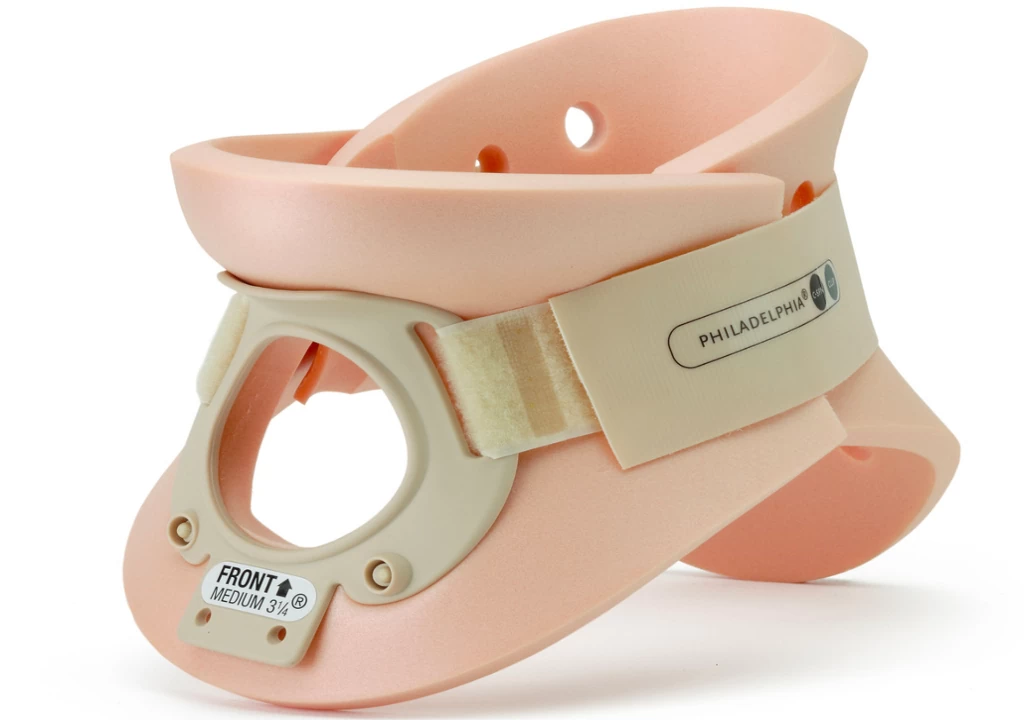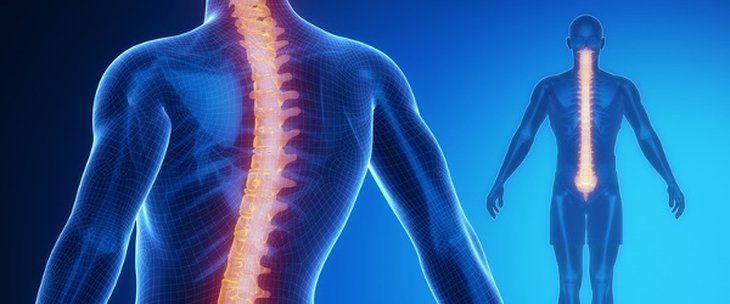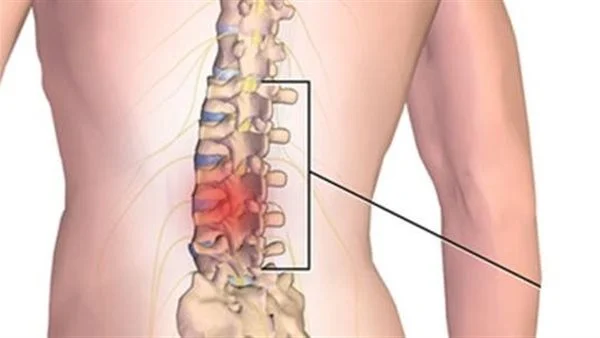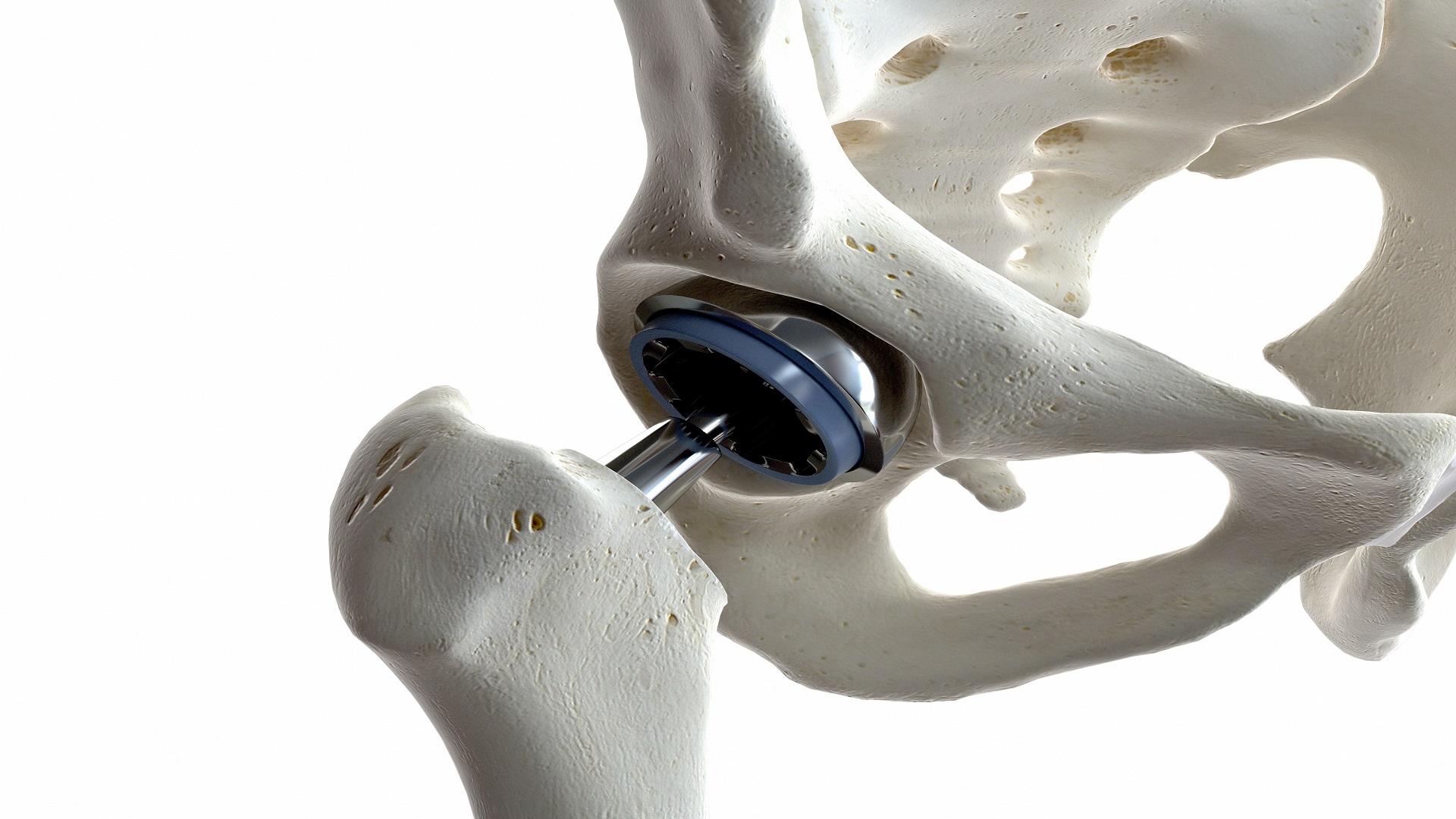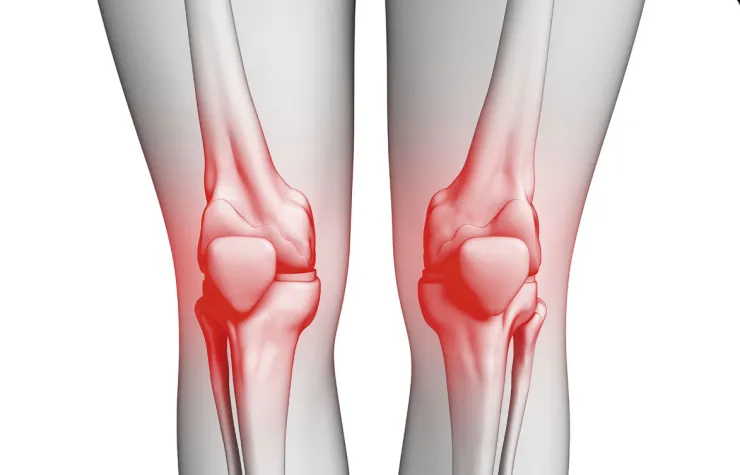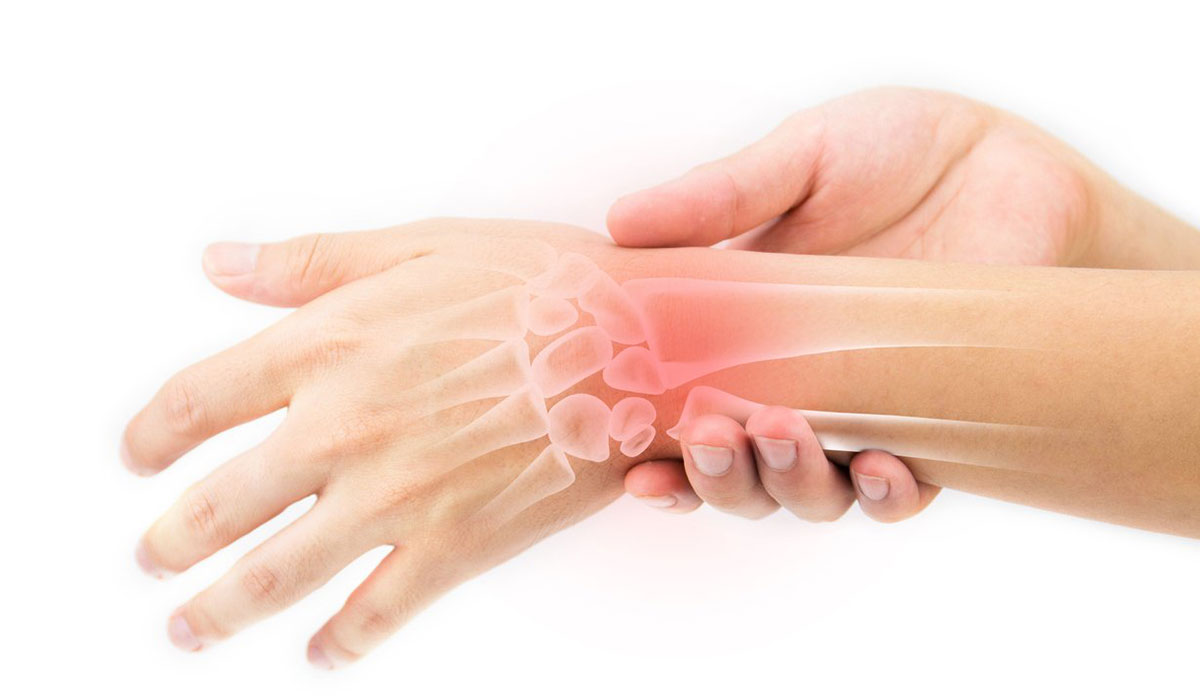Knee replacement surgery
Knee replacement surgery is a form of surgery that can treat knee pain caused by roughness, and to get to know it better, we show you the following information.
Knee replacement surgery
The knee is one of the largest and strongest joints in the body that bears the weight of the body and gives the ability to move freely or change between different positions such as walking or running and others, and the knee consists of bones connected by cartilage, which is a solid core surrounded by a synovial membrane that acts as a very flexible cushion that connects the bones and works to withstand the shocks that fall on the body.
There are a number of factors that can affect the knee joint, and a defect can occur in the knee joint, which affects the patient’s condition and causes difficulty in walking, which can affect the body as a whole, and sometimes knee roughness leads to stopping many activities that a person performs in general, which affects his normal life.
Reasons for changing the knee joint
Knee roughness can be treated with many procedures recommended by doctors depending on the diagnosis and examinations performed by the patient, and the treatment can last for several months, but sometimes the patient does not get a recovery or finds an effect for the treatment, so the doctor begins to prepare him for the joint replacement operation.
Common reasons for which a doctor may recommend a knee joint replacement include:
- Severe erosion of the knee cartilage affected the patient’s movement.
- Osteoporosis causes cartilage atrophy and affects the joint.
- Obesity causes faster damage to the knee joint due to pressure.
- A high-risk knee injury occurs in people who play sports.
- The presence of acute inflammation in the knee joint leads to complete damage to it.
Serious symptoms of knee roughness
A person can suffer from knee roughness as a result of many factors, including advanced age, obesity, or the occurrence of a knee injury, and thus symptoms such as pain or difficulty walking appear on him, and after the diagnosis, appropriate treatment methods begin for him, but sometimes the injured person may have complications and symptoms increase, which requires a knee joint replacement.
Symptoms that indicate the need for knee replacement surgery are:
- Great difficulty moving the knee.
- Having an imbalance when standing.
- Occurrence of stiffness in the knee joint.
- severe difficulty walking
- Knee pain while sleeping or resting.
- Severe erosion and atrophy of the cartilage.
Tips before knee replacement surgery
After conducting the necessary examinations before performing the surgery, work is done to prepare the patient to carry out the operation so as not to be exposed to complications, and some of the following procedures are taken:
- Perform a full clinical examination of the patient to know the exact location of the pain.
- Perform x-rays that help know the actual condition of the knee currently.
- Carry out the necessary blood tests and analyses of liver and kidney functions to accurately identify the person’s health condition.
- Get to know the patient’s medical history in detail and the drugs he uses.
- Examination of the heart by doing an electrocardiogram.
- The doctor gives anti-inflammatory medications to help prevent complications after surgery.
- Clarifying the type of anesthesia used in surgery to the patient, which is usually general anesthesia.
Steps of knee replacement surgery
The joint replacement operation can be done after the patient is well prepared, and the surgery is done through the following steps:
- The patient begins with general anesthesia.
- The operation is performed through an incision in the knee with a length of about 12 cm to 15 cm.
- The knee is cleaned and the decayed parts of the cartilage are removed, leaving the healthy part of it.
- The artificial joint in the knee is installed and well-fixed through materials dedicated to this.
- The doctor starts sterilizing the wound, suturing it, and applying the necessary bandages after the wound.
- The patient is then returned to the recovery room.
- The patient is examined after the surgery by the specialist doctor to check on the operation and the patient’s health.
Advice after knee replacement surgery
After the surgical procedure, the patient can get a number of important tips that help in getting better faster, which are:
- The patient needs to take great care of his comfort after the surgery in order to work on the improvement faster.
- The doctor prescribes postoperative analgesic and anti-inflammatory drugs that should be taken regularly.
- Walking should be completely avoided on the first day after the operation so that the knee is not affected.
- Pay attention to cold water or ice compresses, which work to reduce swelling in the knee.
- Simple movement began on the third day of the operation with the help of crutches.
- The patient may need physiotherapy sessions to get a better effect and a faster recovery.
- Intentionally stressing the knee by running or jumping in the first weeks of surgery.
- Paying attention to the diet to reduce weight in the case of obesity so as not to cause damage to the joint again.
Features of knee replacement surgery
This type of operation provides various advantages for the patient, including getting rid of knee roughness and working to improve the person’s performance and become able to practice his daily activities and do exercise, the flexibility of the knee can return to flexion and movement as before, so the injured person can move the knee without pain or fear of cartilage atrophy.
Disadvantages of knee replacement surgery
The joint replacement operation is one of the operations that are being performed recently and witnessed great development in the recent period, but it has some defects that can be avoided by paying attention to the doctor’s instructions and preserving the knee joint after its change, and among the defects that can occur are the following:
- Stop exercising for several weeks after surgery.
- It is not desirable for the injured person to sit in a squatting position so as not to affect the knee.
- Stay away as much as possible from violent sports that strain the knee.
- Infection from an open wound.
The success rate of knee replacement surgery
Many orthopedic doctors believe that the operation to replace the knee joint is an effective solution in treating the roughness and pain that accompanies the patient when the knee is injured, and this surgery has witnessed great development recently, so the success rate in it has reached up to 95%, and it increases in the case of paying attention to the advice that the doctor explains after surgery.
Several factors can affect the success of the knee joint replacement operation, including the experience of the surgeon, the appropriate diagnosis of the patient, and the type of anesthesia that was prescribed by the doctor, and therefore attention to these details before surgery from the doctor and the patient is important in reaching a high success rate.
How long does knee replacement surgery take?
The process of replacing the knee joint is one of the traditional operations in which an open wound was used so that the doctor can remove the damaged part of the cartilage and put the artificial joint to fix it well, so the operation can take from 60 to 120 minutes, then the patient returns to the recovery room.
Is joint replacement surgery dangerous?
The process of changing the joint has several advantages that it gives to the injured person and enables him to return to his normal activity and carry out his daily work normally, but sometimes there is a possibility of complications, but they can be avoided by taking the medications prescribed by the doctor and doing physical therapy that allows the person to adapt to the new knee joint.
Is the operation to replace the knee joint for the elderly dangerous? This question was answered in the negative because the risks that could occur to the injured are currently avoided through the periodic examination of the patient and work on a rehabilitation program suitable for his health condition in order for him to start moving normally.
Knee replacement surgery damage
The process of replacing the knee joint is considered one of the important medical procedures in cases of severe joint roughness that can affect the patient’s condition and cause severe pain for him, but the patient may be exposed to some complications, including:
- Bleeding in the knee.
- Nerve injury.
- Exposure to bacterial infection.
- Muscle weakness can occur.
When does walking start after installing the knee joint?
Doctors do not prefer that the knee be loaded directly after surgery, so the patient can start walking after the second or third day of surgery, and he must use crutches that help relieve pressure on the knee and give more freedom to the patient to walk without feeling much pain.
Thermal frequency treatment or analgesia
Thermal frequency is one of the new types of treatment for pain in the knee, back and joints without surgical intervention, so it allows the dilution of additives, and thermal frequency is considered one of the appropriate medical procedures for the knee before the surgery is performed to change the knee joint.

